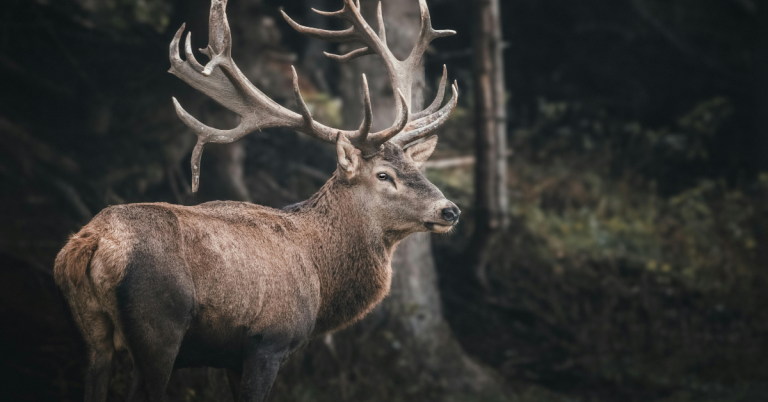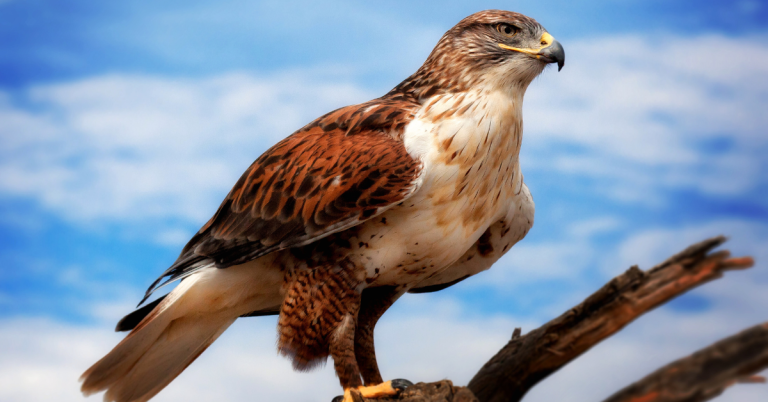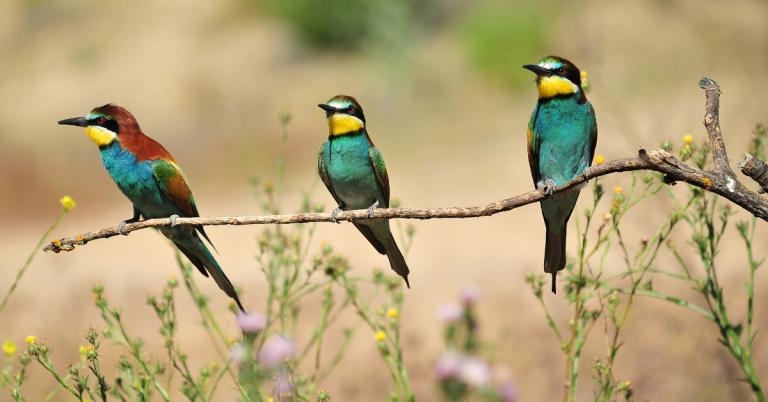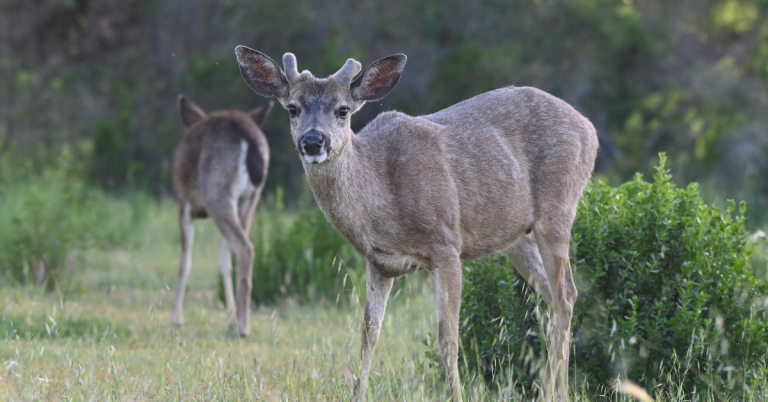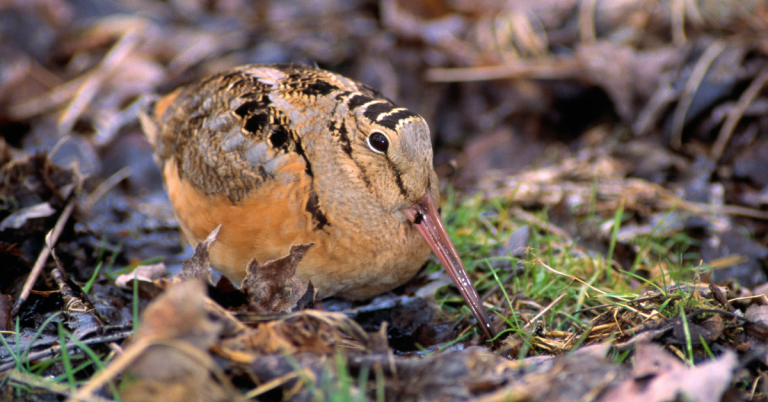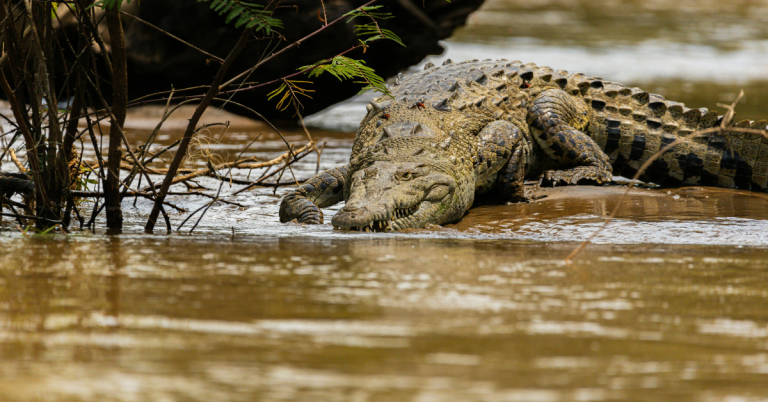Starling hunting guide
Starlings, particularly the European starling, are often considered pests due to their aggressive behavior and large flocks that can damage crops and native ecosystems. This hunting guide provides comprehensive information on hunting starlings, including understanding their behavior, choosing the right hunting locations, effective hunting tactics, ethical and responsible hunting, field dressing, and more.
Understanding Starling Behavior
Starlings are highly adaptable birds known for their strong social behavior and ability to mimic sounds. They typically form large flocks, especially during the non-breeding season, and can be found in various habitats, including urban areas, farmlands, and open fields. Understanding their feeding habits, roosting patterns, and social structure can significantly enhance your hunting success.
Choosing the Right Hunting Location
Ideal locations for hunting starlings include:
- Farmlands: Starlings often flock to farmlands in search of food.
- Orchards and Vineyards: These areas can attract large numbers of starlings, especially during the fruiting season.
- Urban Areas: While hunting in urban areas requires special permits, starlings are commonly found around parks, gardens, and buildings.
Effective Hunting Tactics
To hunt starlings effectively:
- Decoy Use: Setting up decoys can attract starlings to a specific area.
- Calling: Using starling calls to mimic their sounds can draw them closer.
- Shotguns and Air Rifles: These are commonly used for hunting starlings. Ensure you follow local regulations regarding firearm use.
- Baiting: Placing bait, such as seeds or grains, can attract starlings to your hunting spot.
Ethical and Responsible Hunting
Ethical hunting practices are crucial for maintaining ecological balance and respecting wildlife. Key principles include:
- Respecting Local Regulations: Always adhere to local hunting laws and obtain necessary permits.
- Minimizing Suffering: Aim for clean, quick kills to minimize animal suffering.
- Avoiding Nesting Season: Refrain from hunting during the nesting season to avoid disrupting breeding cycles.
Field Dressing and Meat Processing
Field dressing a starling involves:
- Plucking Feathers: Remove feathers carefully to access the meat.
- Evisceration: Make a small incision and remove internal organs.
- Cleaning: Rinse the bird thoroughly with clean water.
Starling meat can be prepared similarly to other small game birds and is often used in stews or roasted.
Hunting Gear Used for Hunting Starlings
Essential gear for hunting starlings includes:
- Shotguns or Air Rifles: Suitable for small game.
- Camouflage Clothing: Helps you blend into the surroundings.
- Decoys and Calls: To attract starlings.
- Binoculars: For spotting flocks from a distance.
- Portable Blinds: To conceal your position while hunting.
Species and Subspecies
The European starling (Sturnus vulgaris) is the most common species targeted by hunters. These birds are invasive in many parts of the world, including North America, where they have significantly impacted native bird populations.
Hunting Legality by Area
The legality of hunting starlings varies by region:
- United States: In many states, starlings are not protected by law and can be hunted year-round due to their invasive status.
- Europe: Regulations vary; check local laws for specific guidelines.
Legal and Cross-Border Considerations
When hunting starlings, it’s essential to be aware of legal considerations, especially if hunting near borders or in different jurisdictions. Always check the specific regulations of the area you plan to hunt in and obtain necessary permits.
Safety Tips
To ensure a safe hunting experience:
- Wear Protective Gear: Use safety glasses and ear protection when using firearms.
- Identify Your Target: Always confirm your target before shooting to avoid accidental harm to non-target species.
- Be Aware of Surroundings: Hunt in designated areas away from populated regions to ensure safety.
FAQs
Where is the best place to hunt starlings?
The best places to hunt starlings are farmlands, orchards, vineyards, and designated hunting areas where starlings are known to congregate.
What is the best time to hunt starlings?
Starlings are most active during the early morning and late afternoon. These times are ideal for hunting as the birds are feeding and active.
What are the best hunting methods for starlings?
Effective methods include using decoys, calls, shotguns, air rifles, and baiting with seeds or grains.
What is the reason for hunting starlings?
Hunting starlings helps manage their population, reduce agricultural damage, and protect native species affected by their invasive behavior.

